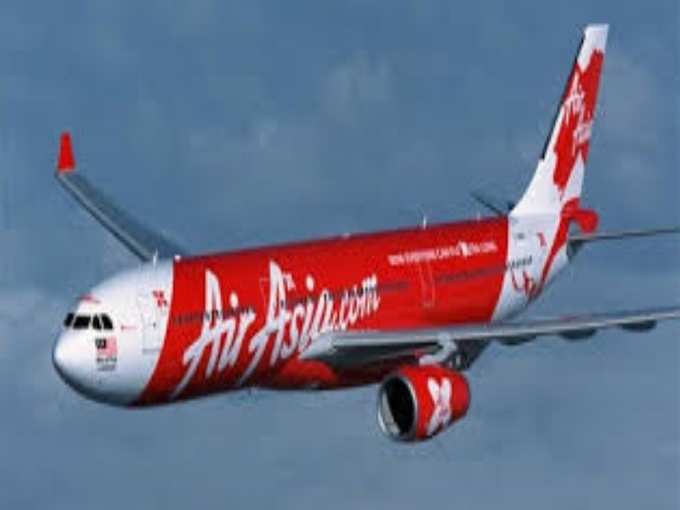
India’s civil
Then the global economic recession hit in the last quarter of the calendar year 2008. Travel numbers dropped significantly and pushed airlines to barely managing operating costs. Yet amidst the gloom and doom scenario where the most glamorous of them all, Kingfisher, has fallen, a new star is aiming to rise.
A new market of small city middle class travellers
Malaysian budget carrier
Big time cost cutting to go cheap
AirAsia India’s model is based on squeezing out every bit of time, energy and space from every other possible asset. AirAsia India is targeting fastest turnaround time for Indian aviation at less than 25 minutes. Turnaround time is defined as the time duration counted from the moment the plane lands till the moment the plane takes off from a particular airport. But high congestion in Indian airports, big ones in general, and especially during holiday and festival season makes turnaround times of even less than 30 minutes impossible. So, this will be a challenge that AirAsia will have to face for bigger airports.
Again, intertwined with faster around time is its concept of more flying time for its aircraft per day and higher frequencies. This will serve smaller airports during the day which will be served by more number of flights by AirAsia. However, this would mean flights at odd hours like 5:30 in the morning to 11:30 at night which will be difficult at smaller airports where night flying facility is not up to the mark or not available. And larger airports’ congestion might not allow for such schedules.
Then, on the personnel front, it is also going for cabin crews helping in loading and unloading from the baggage compartment and same crews will assist in removing stubs from boarding passes and prepare load sheets. Thus in this way, AirAsia is targeting an aircraft-to-manpower ratio of less than 1:100. Indigo achieved a ratio of 1:98 many years ago but that was because of economies of scale achieved through owning many planes.
It is also going for point to point service without any tie ups with other airlines and travel companies. AirAsia India has its own website from where it provides all information and booking facility to its customers and travellers. This saves on costs of networking with other airlines and travel companies but takes away the advantage from travellers of being able to compare total flight expenses from different flight options on travel companies’ websites.
Also, it aims to utilise every inch of space in the aircraft by packing as many seats as possible. So basically, there’s not much scope in terms of leg room or stretching your seat back. That is also one of the reasons why the airline has chosen smaller duration routes.
Will consumers have to pay eventually?
Finally, the real squeeze will be eventually from the consumers themselves but in a tricky way. The key here is targeting that segment of travellers who have to travel light for short distances – single-day or two-day business trips mostly over short distances. That’s why it is not refunding anything to travellers on cancellation of tickets. This is something that ‘no-frills’ airlines have been using across the globe in different ways.
But in an evolving market like India, it will depend on how different segments of travellers take to the concept of going for reservations only in case of absolute certainty in travel plans. Companies paying for their employees’ travel will mostly not go for this option as corporate travel plans often change at the eleventh hour.
They also did away with free check-in luggage of up to 15 kg but the Directorate General of Civil Aviation (DGCA) butted in and asked the airline to take it back. That was some relief for consumers.
Polarised opinion
Other airlines and industry experts are divided on the future of AirAsia India. On one hand, industry experts and corporate honchos from other airlines feel that since the biggest cost element for Indian airlines remains aviation turbine fuel, making up 50% of operating costs along with airport leasing charges, the tweaking of other elements will not make that much of a difference in the long run.
On the other hand, while the airline has targeted a break-even in less than six months, perhaps a promotional gimmick at best, it doesn’t matter that much because of the Tata tag. The biggest and most respected business group in India will easily make lenders wait for the airline to break-even and anytime expansion is needed, the profitable parent airline AirAsia in Malaysia and Tata Sons in India can put more capital into it.
In essence, AirAsia will have to go for a lot of planning, market research, high operational efficiency and revenue forecasting for different possible routes so as to ascertain the most profitable ones.
